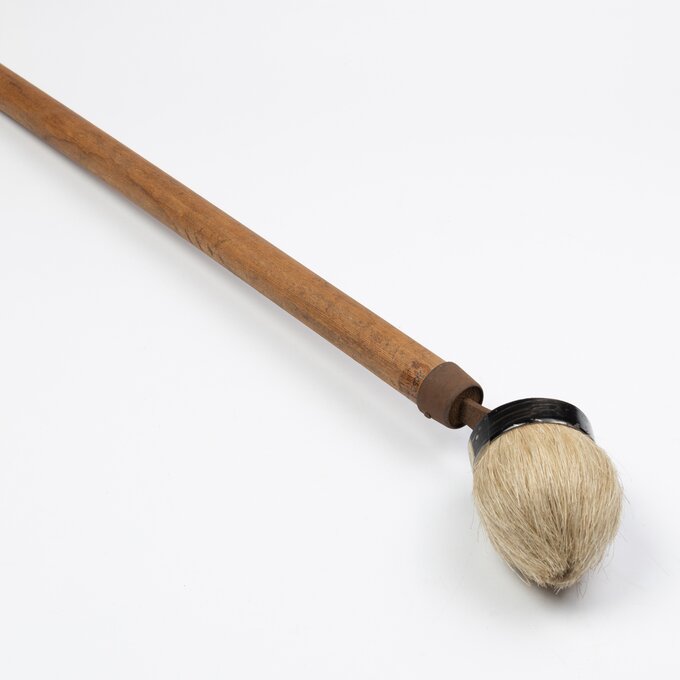Hof der dingen - Paint brush - Eiffel Tower

When you hear Paris, what comes to mind? The Eiffel Tower, of course. But maybe – just maybe – someday when you hear Eiffel Tower, you’ll also think of… Izegem. Yes, that’s right. The iconic landmark has a surprising connection to this small town in West Flanders.
The Eiffel Tower in the City of Lights was built in 1887 and has become one of the most iconic and internationally acclaimed landmarks, recently even serving as a stunning backdrop for the Summer Olympics. The impressive tower was designed by Gustave Eiffel for the 1889 World Fair – exactly 100 years after the French Revolution took place.
Eiffel’s design was chosen unanimously from more than 700 submissions—not just for its bold originality, but also because Eiffel had a reputation for meeting deadlines and staying on budget – a rare combination for architects, even back then.
A master of wrought iron architecture, Eiffel anticipated that the project would take about 12 months. In reality, the project ended up taking twice so long. Construction began in January 1887 and wrapped up just in time for the World Fair in March 1889.
The design process alone took fifty engineers two years and involved creating 5300 intricate sketches. A detailed sketch was made of each of the 18,038 wrought iron pieces of the Eiffel Tower. The choice to use wrought iron was not just because it’s aesthetically pleasing—it made the tower weather-resistant and resilient against metal fatigue. That means that the Eiffel Tower could easily last several more centuries – with the right care and occasional touch-up of course.
This is where the small West Flemish town of Izegem enters the picture. Even a tower this impressive needs maintenance. Protecting it from rust was (and still is) crucial. To do that, painters needed brushes that could reach every narrow corner and crevice of the ironwork to apply special anti-rust paint.
Enter Colpaert, a brush manufacturer based in Izegem. Their brushes - designed with a special tulip-shaped bristle arrangement - were the perfect fit. The shape allowed painters to get into narrow corners with ease. And get this: Colpaert was ahead of its time. The brushes were designed so that the worn-out heads could be easily replaced, allowing the same handle to be reused – long before sustainability was on anyone’s mind.
Today, these en tulipe brushes are no longer in use, as the production process has become to expensive. The legacy of Colpaert, however, lives on. Each time the Eiffel Tower sparkles at midnight or a tourist enjoys the lovely sight of this iconic landmark, a small part of West Flemish craftsmanship quietly shines along with it.
This object belongs to the heritage collection of Eperon d’Or – an industrial heritage site in Izegem.